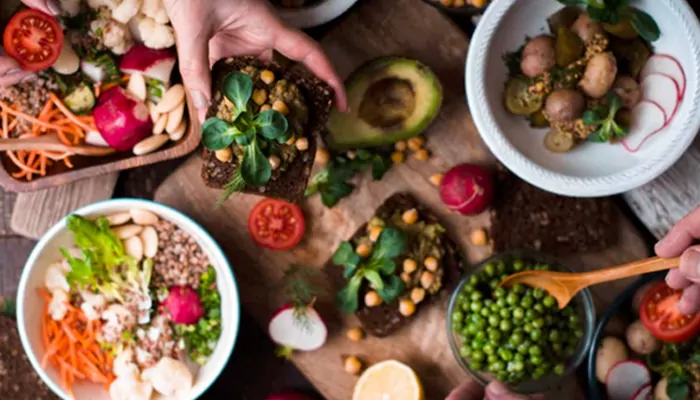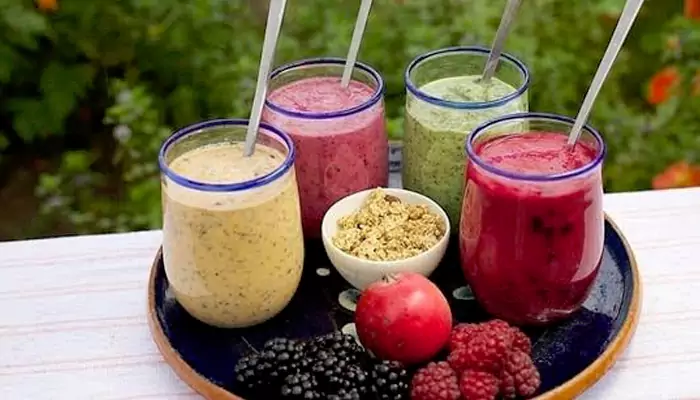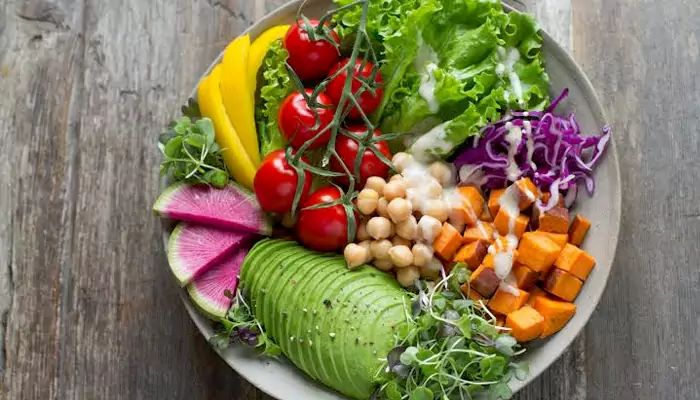Fix Your Gravy Recipe: Eight Clever Tips To Thicken Runny Gravy Using Items From Your Pantry
- Satavisha
- 1 year ago
- 4 minutes read

Do you often find yourself in the kitchen, wondering by the stove why your gravy looks runny?
If you love restaurant-style thick gravy dishes but cannot recreate them because the consistency of your homemade gravy becomes runny, fret no more. We have provided some clever tips that can help thicken your runny gravy. Using these easy-to-find ingredients from your pantry, you can fix your gravy within minutes.
First, Drain the Excess Liquid
The easiest step involves reducing the excess liquid. Pour pan drippings (if any) into a medium or small-sized saucepan. Then, simmer your gravy on medium flame and stir it occasionally. Cook until the excess gravy is reduced by a third and the flavours become more concentrated.
If you are in a rush to serve your gravy-loving guests, already waiting at the table, try the following tips and tricks.
Add Cornflour
The most commonly used trick to thicken gravy, add cornflour. Typically, corn flour is used in recipes like chilli potato, Manchurian and other dishes that need a thick gravy. Take a bowl, add two tablespoons of cornflour and ¼ cup of water, and whisk to make a slurry. Transfer this slurry to your gravy dish and stir well. In less than a minute, the consistency of your gravy will thicken. You can replace cornflour with refined flour, too.
Mix Besan or Gram Flour
Gram flour (besan) is usually added to potato-based recipes and infuses a lovely flavour. First, you have to roast the besan and pour it in your gravy, to eliminate the strong raw scent. It is a healthy alternative for refined flour or cornflour to fix runny gravies.
Seed or Nut Paste
Seed or nut paste is another excellent ingredient for thickening gravy. The steps are simple—blend as many almonds or cashews as you can grasp in your palm—to produce a thick paste and mix it with your runny gravy. This nut paste will offer a thicker texture and make your recipe richer. Alternatively, you can grind some melon, poppy or flax seeds to make a paste and add it to your gravy.
Prepare a Tomato Puree Gravy Base
To prepare a thick and flavourful restaurant-like gravy at home, prepare a tomato puree base as most expert chefs do. To make the base, pour some oil into a saucepan and heat. Add minced onions and garlic and saute for a few minutes.
Next, add diced tomatoes and salt, and mix thoroughly. Leave it for about ten minutes, and cover it with the lid. Stir occasionally. Cook until the tomatoes become mushy. Now allow the mixture to cool a bit, and then blend it to form a paste. Now your thick gravy base is ready and can be used to prepare any gravy-based recipe.
Use Arrowroot
If you don’t have cornflour in your pantry, there are several flour substitutes you can use (some are gluten-free, too). Arrowroot powder is extracted from the rhizomes of a root vegetable. This natural ingredient is excellent for those who need a gravy thickener, that is gluten-free. Prepare a slurry with arrowroot, the same way cornstarch is used to thicken gravy. Mix 3 tablespoons of arrowroot powder with the same amount of water. Add the paste to your gravy and stir well until the gravy thickens.
Use Tapioca or Sabudana
Tapioca (sabudana) is extracted from the cassava root. To fix your runny gravy, add one and a half teaspoons of tapioca starch to your hot gravy and stir until it is incorporated well and the gravy becomes thicker.
Try Pureed Vegetables
Roast any type of potato, beet, parsnip, or carrot and blend in the food processor to create a puree and add it to your gravy. Cook and whisk until completely incorporated. But you must remember that veggies have their own distinct flavours, and it will slightly alter the taste of your recipe’s base.
Next time, incorporate these clever cooking techniques to fix the consistency of your gravy dish.











